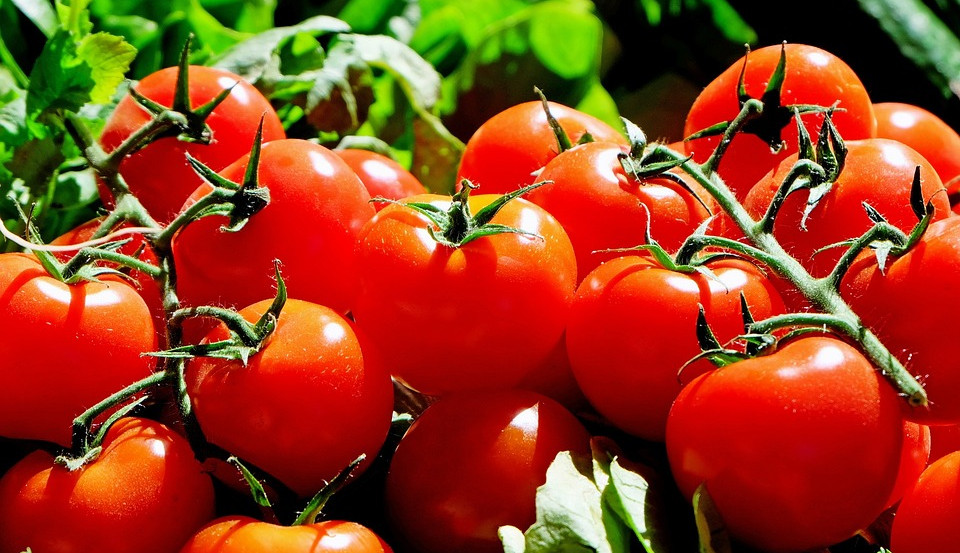Growing tomatoes is a popular pastime for many gardeners, but not everyone has the luxury of a spacious garden or the ideal soil for their tomato plants. In recent years, growing tomatoes in bags has become a popular alternative to traditional ground planting. While there are some definite advantages to growing tomatoes in bags, there are also some downsides to consider. In this article, we will explore the pros and cons of growing tomatoes in bags and provide a step-by-step guide on how to do it.
Pros of Growing Tomatoes in Bags
- Portability:
One of the main benefits of growing tomatoes in bags is the ability to move them around as needed. This is especially useful for gardeners with limited space, as the bags can be placed on a patio or balcony. Additionally, if the weather becomes unfavorable, the bags can be moved to a more protected location. - Soil Control:
Another advantage of growing tomatoes in bags is the ability to have more control over the soil conditions. With bags, gardeners can ensure that the soil is of the right quality and free of any contaminants. This can lead to healthier plants and a better crop yield. - Pest Control:
Growing tomatoes in bags can also reduce the risk of pests and diseases affecting the plants. By using fresh, healthy soil in a bag can prevent soil-borne diseases from affecting the plants.
Cons of Growing Tomatoes in Bags
- Watering:
One of the main downsides of growing tomatoes in bags is that they require more frequent watering than plants grown in the ground. The bags can dry out quickly, especially during hot weather, and the plants can suffer from lack of water. - Nutrient Availability:
Another disadvantage is that the bags may not contain all of the necessary nutrients for the plants to thrive. Gardeners must ensure that they add fertilizer regularly to the bags to ensure that the plants receive the necessary nutrients. - Stability:
Finally, growing tomatoes in bags can be less stable than growing them in the ground. The bags can be knocked over or blown away in strong winds, which can damage or even kill the plants.
How to Grow Tomatoes in Bags
If you decide to grow tomatoes in bags, here is a step-by-step guide on how to do it:
- Choose a suitable bag:
The bag should be at least 18 litres in volume, made of a durable material, and have drainage holes. - Fill the bag with soil:
Fill the bag with a good quality potting mix. Ensure that the soil is level and free of any lumps. - Add fertilizer:
Mix in some slow-release fertilizer into the soil to provide the necessary nutrients for the plants. - Plant the tomato seedlings:
Dig a hole in the center of the soil and gently place the tomato seedling into it. Ensure that the roots are covered with soil and the stem is above the soil line. - Water the plants:
Water the plants thoroughly after planting and ensure that the soil remains moist throughout the growing season. - Provide support:
Once the tomato plants have started to grow, provide them with support by adding a stake or trellis to prevent them from falling over. Even dwarf varieties may need staking. - Fertilize regularly:
Add fertilizer to the bags every few weeks to ensure that the plants receive the necessary nutrients.
Tomatoes need six hours of direct sunlight a day to do well.
Remove bottom leaves once the plants start flowering to allow a flow-though of air.
Removing laterals further up the plant will prevent bushing and direct growth to the fruit, but this is optional.
Conclusion
Growing tomatoes in bags can be a great alternative for gardeners with limited space or poor soil conditions. While there are some downsides to this method, the benefits of portability, soil control, and pest control make it a worthwhile option to consider. By following the steps outlined above, gardeners can successfully grow healthy tomato plants in bags and enjoy a bountiful harvest.
